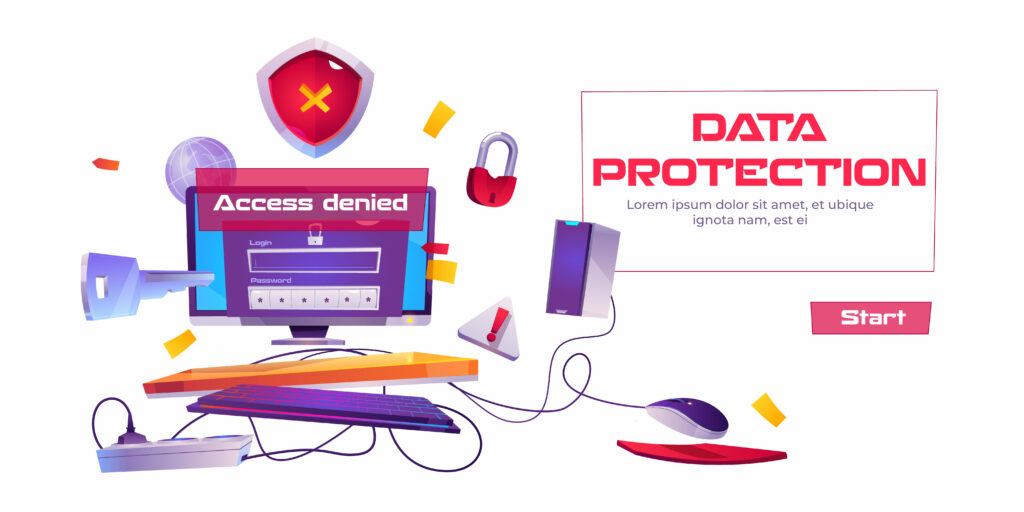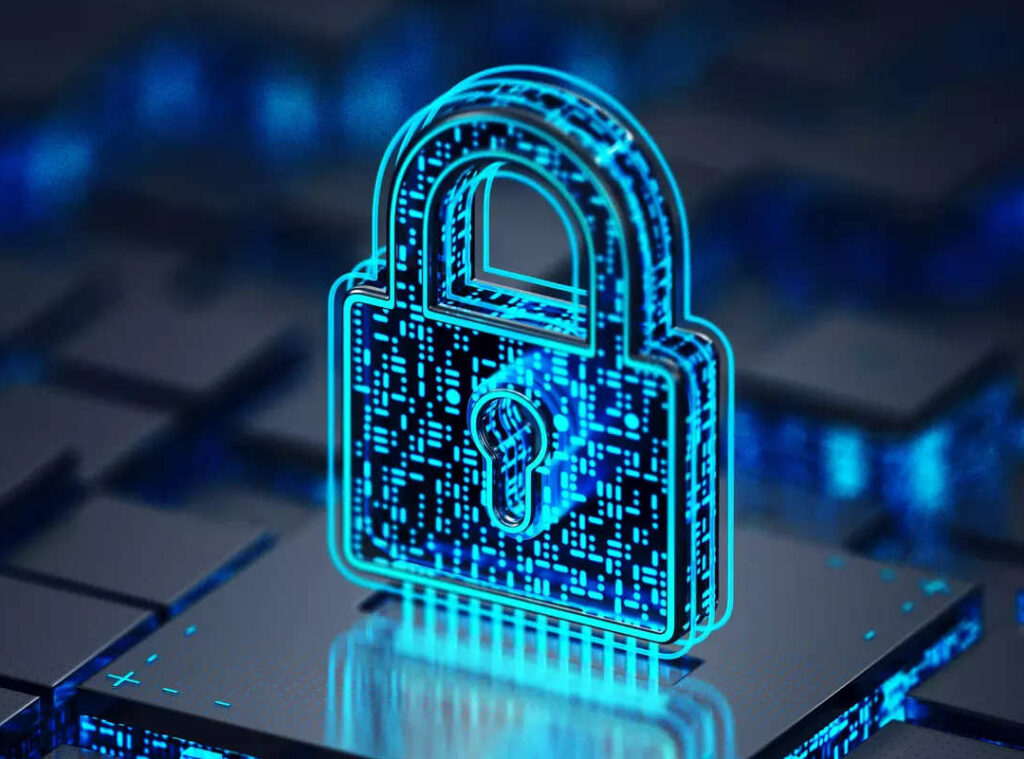In today’s fast-paced digital landscape, the safety of your online presence is more critical than ever before. Cybersecurity To effectively counter these threats and protect your sensitive information, it’s essential to cultivate a robust strategy. With Cyber threats growing in sophistication, individuals and businesses are increasingly at risk. In this comprehensive guide, we will delve deep into seven indispensable steps that will empower you to bolster your digital security and safeguard what matters most to you.
1. Stay Informed and Educated About Cybersecurity
Knowledge stands as the first line of defense against cyber threats. Staying well-informed about the latest trends and tactics that cybercriminals employ is crucial. Regularly educate yourself and your team about potential risks, including phishing scams, malware attacks, and other emerging threats. By acquiring an in-depth understanding of these tactics, you equip yourself to identify and sidestep potential pitfalls.
The rapidly evolving nature of cyber threats requires continuous learning. Subscribe to reputable cybersecurity newsletters, follow industry experts on social media, and participate in webinars and conferences. Consider hosting internal workshops or training sessions to foster a culture of cybersecurity awareness within your organization.
2. Strengthen Your Passwords
Your passwords are the guardians of your online accounts. Weak passwords can leave you vulnerable to breaches, so it’s vital to create strong and unique passwords for each account. Combine a mix of upper and lower case letters, numbers, and symbols to form a complex password. Avoid using easily guessable information like birthdays or common words.
To manage your passwords effectively, consider using a reputable password manager. These tools generate and store complex passwords for you, eliminating the need to remember them all. With the added layer of encryption, your passwords remain secure, and you only need to remember one master password.
3. Keep Your Software Updated
Outdated software can be a goldmine for hackers, as it often contains vulnerabilities they can exploit. To mitigate this risk, regularly update your operating system, applications, and security software. Updates include patches that address known vulnerabilities and bolster defenses against emerging threats.
Enable automatic updates whenever possible to ensure that you’re always running the latest versions. This not only streamlines the process but also minimizes the window of opportunity for potential security breaches.
4. Implement Multi-Factor Authentication (MFA)
Multi-Factor Authentication (MFA) adds an extra layer of security to your accounts. Instead of relying solely on a password, MFA requires multiple forms of verification. This could involve something you know (password), something you have (verification code), or something you are (biometric data like fingerprints or facial recognition).
By implementing MFA, even if a malicious actor gains access to your password, they’ll be unable to breach your account without the additional authentication methods. Most major online services offer MFA options, so take advantage of this added security measure.
5. Secure Your Wi-Fi Network
Your Wi-Fi network can serve as an entry point for cybercriminals if not adequately secured. To bolster its defenses, begin by changing the default router password. Opt for a strong, unique password that follows the same principles as those for your online accounts.
Utilize strong encryption protocols like WPA3 (Wi-Fi Protected Access 3) to protect your network traffic. This ensures that even if someone intercepts your data, they won’t be able to decipher it easily. Additionally, consider hiding your network’s SSID (Service Set Identifier) to make it less visible to potential attackers.
6. Regular Data Backups
Data loss can occur due to various reasons, including ransomware attacks, hardware failures, or accidental deletions. Regularly backing up your essential files is a crucial practice to ensure you can recover quickly in the event of a cyber incident.
Choose a combination of backup methods for redundancy. Cloud storage services offer convenient off-site backups, while external hard drives or network-attached storage (NAS) devices provide localized options. Automated backup solutions can simplify this process, ensuring that your data is regularly and securely duplicated.

7. Educate Your Team or Family
If you’re part of a business or have a family, extending your cybersecurity knowledge to those around you is paramount. Conduct training sessions or workshops to educate your employees, colleagues, or family members about cybersecurity best practices. Empower them to identify potential threats and respond effectively.
Encourage an open line of communication where everyone feels comfortable reporting suspicious activities or potential security breaches. Cybersecurity is a collective effort, and by fostering a culture of vigilance, you create a more resilient defense against cyber threats.
Conclusion
In an era where our digital lives are intricately woven into countless online platforms, prioritizing cybersecurity is no longer an option but a necessity. By implementing these seven essential steps, you significantly enhance your digital security posture. Remember, cultivating cybersecurity is an ongoing process that demands continuous vigilance and adaptability to stay ahead of evolving threats. By taking charge of your digital safety today, you not only protect yourself but also contribute to building a safer online environment for everyone around you.

